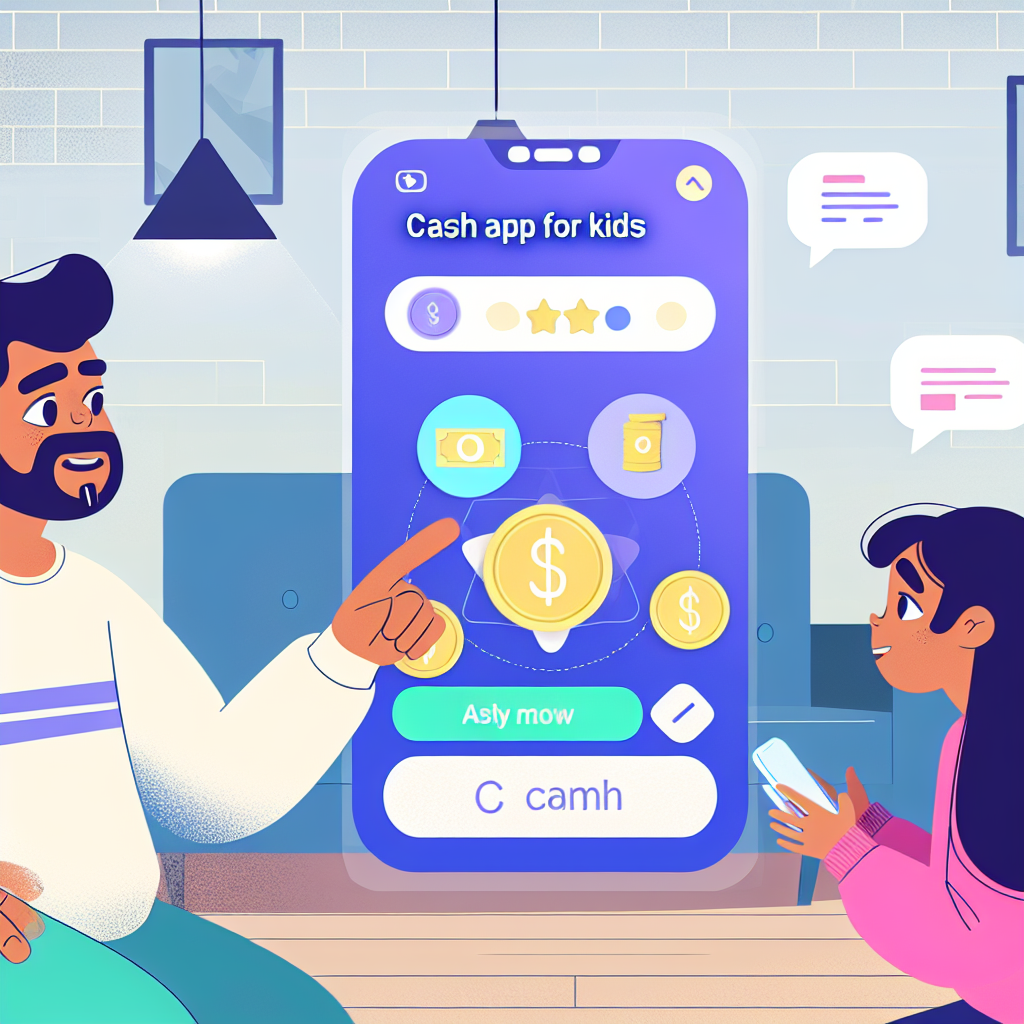Cash App For Kids: What Parents and Teens Need to Know
**Cash App** is a popular mobile payment service that allows users to send, receive, and request money from friends and family. While the app is primarily designed for adults, there is a growing trend of parents setting up Cash App accounts for their children. This can be a convenient way for parents to give their kids allowances or to teach them how to manage money in a digital world.
Features of Cash App for Kids
One of the main features of Cash App for kids is the ability to set up a **Cash Card**. This is a debit card that is linked to the child’s Cash App account, allowing them to make purchases in stores or online. Parents can set spending limits and monitor their child’s transactions in real-time through the app.
Another feature of Cash App for kids is the **Boosts** program, which offers cash back rewards for purchases at select retailers. This can be a fun way for kids to learn about saving money and making smart purchasing decisions.
Security and Privacy Concerns
While Cash App can be a convenient tool for teaching kids about financial responsibility, it is important for parents to be aware of the security and privacy concerns that come with using the app. Cash App accounts are linked to bank accounts or credit cards, so there is a risk of unauthorized transactions if the account is not properly secured.
Parents should also educate their children about the importance of not sharing their Cash App login information with anyone else. It is recommended to set up **Two-Factor Authentication** on the account for an extra layer of security.
Setting Financial Boundaries
When using Cash App for kids, it is crucial for parents to set clear financial boundaries and expectations. This includes discussing how the app should be used, what types of purchases are allowed, and what the consequences are for breaking the rules.
Parents can use Cash App as a tool for teaching their children about budgeting, saving, and the value of money. By setting weekly or monthly allowances, kids can learn how to prioritize their spending and make thoughtful financial decisions.
Monitoring and Oversight
Parents should actively monitor their child’s Cash App account to ensure that they are using the app responsibly. This includes reviewing transactions, setting spending limits, and discussing any questionable purchases with their child.
If parents notice any suspicious activity on their child’s Cash App account, they should immediately contact Cash App support and their bank to report the issue and prevent any further unauthorized transactions.
Conclusion
Cash App can be a valuable tool for teaching kids about financial literacy and responsibility, but it is important for parents to take an active role in overseeing their child’s account. By setting boundaries, monitoring activity, and having open discussions about money, parents can help their children develop good money management habits that will benefit them for a lifetime.
